European river cruising offers travelers a unique perspective on the continent’s historic towns, cultural landmarks, and scenic landscapes. Unlike ocean cruises that primarily connect coastal cities, river journeys follow ancient trade routes that shaped European civilization, accessing inland destinations otherwise difficult to experience efficiently. From vineyard-lined valleys to medieval town squares, these floating boutique hotels deliver immersive experiences without constant packing and unpacking.
Here is a list of 15 exceptional European river cruise experiences that showcase the continent’s diverse waterways and cultural treasures.
Rhine Gorge
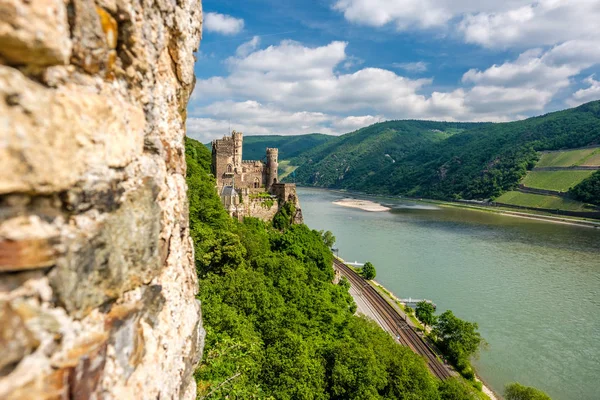
This 40-mile stretch between Koblenz and Bingen delivers the quintessential European river cruise experience with castle-topped hills, terraced vineyards, and half-timbered villages seemingly frozen in time. The legendary Lorelei Rock marks the narrowest and deepest section of the Rhine, where dangerous currents once sank countless ships, inspiring myths about a siren luring sailors to their doom.
The region’s strategic importance becomes evident as ships pass approximately one castle every mile, many built during the 12th and 13th centuries, when competing nobles extracted tolls from merchant vessels. The area received UNESCO World Heritage status in 2002, recognizing its extraordinary concentration of cultural monuments within a dramatic natural landscape shaped by over 2,000 years of human habitation.
Wachau Valley

This 18-mile Danube section between Melk and Krems showcases Austria’s most picturesque river landscape, with terraced vineyards producing world-class Grüner Veltliner and Riesling wines. The valley’s architectural highlights include the magnificent Baroque Melk Abbey perched on a rocky outcrop 200 feet above the river, its distinctive yellow façade visible for miles.
Small towns like Dürnstein charm visitors with cobblestone streets and blue church towers, while crumbling castle ruins remind travelers this was once a contested borderland—Richard the Lionheart was famously imprisoned in Dürnstein Castle after the Third Crusade. Spring cruises offer views of apricot orchards in full bloom, while autumn journeys coincide with grape harvests and wine festivals in riverside villages.
Like Travel Pug’s content? Follow us on MSN.
Iron Gates Gorge
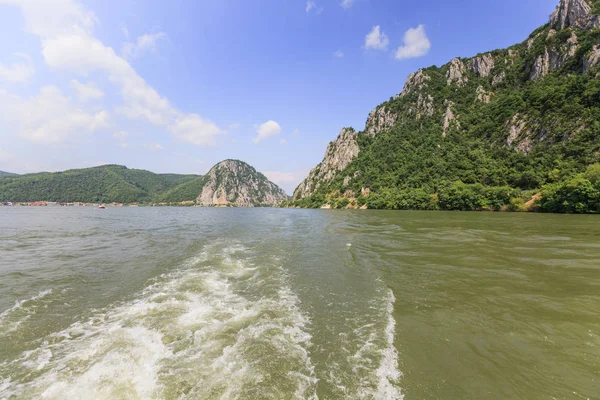
The dramatic limestone cliffs of this Danube passage create Europe’s most impressive river canyon, forming a natural border between Romania and Serbia. The river narrows to just 500 feet at points while the surrounding cliffs rise over 1,600 feet, creating spectacular visual drama as cruise ships navigate the passage.
Ancient Roman engineering is visible in the form of Trajan’s Bridge piers and the Tabula Traiana inscription commemorating the emperor’s military road construction in 103 CE. The massive face of Decebalus, the last Dacian king who resisted Roman conquest, was carved into the riverside cliff in the 1990s, creating Europe’s largest rock sculpture at 130 feet tall. The gorge’s completion required flooding several historic islands and villages when the Iron Gates Dam was constructed in 1972, dramatically altering millennia-old navigation patterns.
Douro Valley

Portugal’s “River of Gold” flows through the world’s oldest demarcated wine region, where steep hillsides have been terraced for vineyards over centuries of painstaking human labor. The journey from Porto to the Spanish border passes through a dramatic microclimate transition—lush greenery near the Atlantic gives way to increasingly arid landscapes upstream where summer temperatures regularly exceed 100°F.
Historic Quintas (wine estates) with whitewashed buildings dot the hillsides, many offering tastings of the region’s famous port wines and table wines that have only recently gained international recognition. The valley remained relatively isolated until the 1980s when new dams and locks made it navigable for passenger vessels, preserving cultural traditions that disappeared elsewhere in Europe decades earlier.
Paris to Normandy
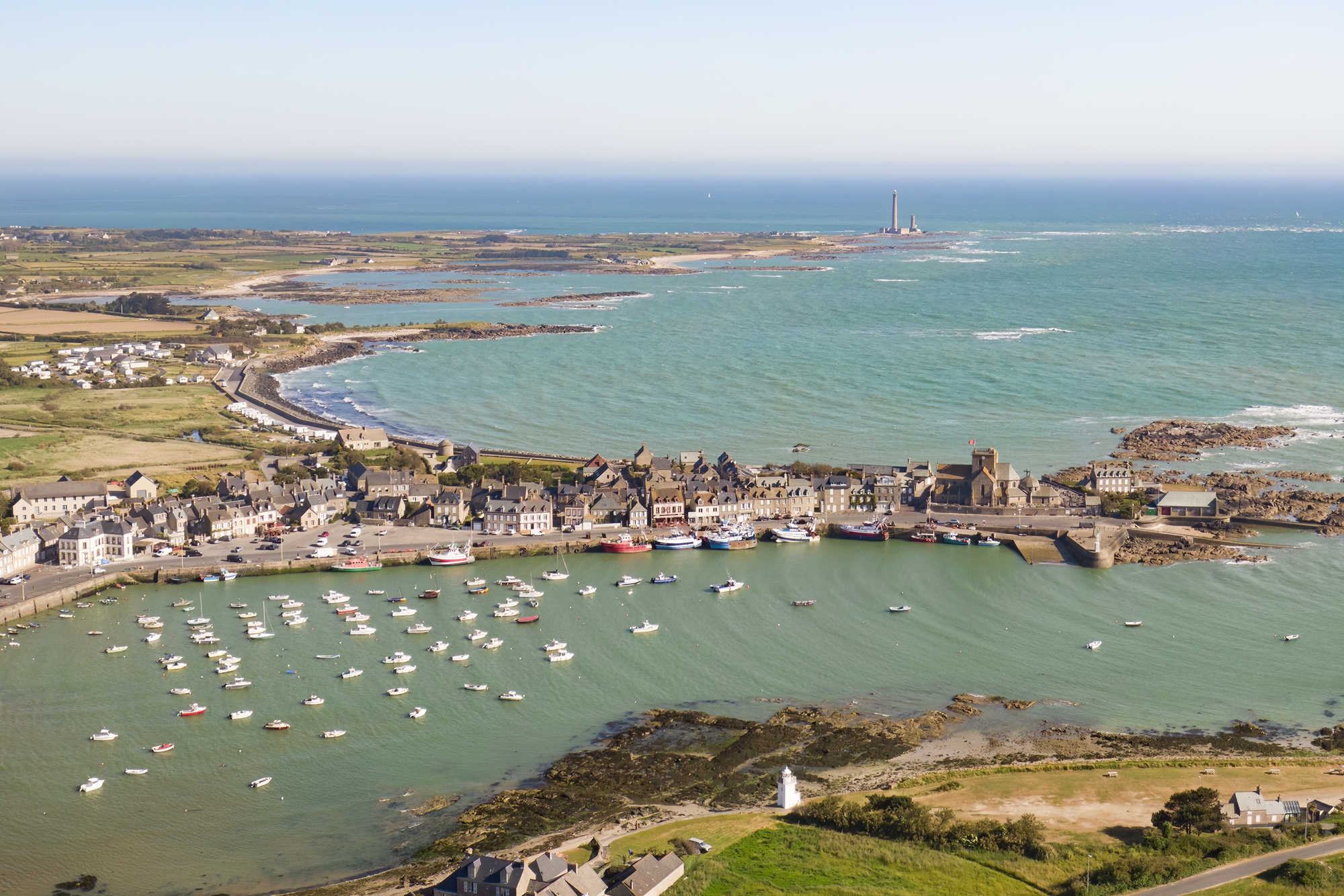
This Seine River journey connects cosmopolitan Paris with the historic landscapes of Normandy, offering remarkable diversity within a relatively short distance. Departing from the Eiffel Tower, ships pass under ornate bridges and alongside Parisian landmarks before entering the pastoral Seine Valley that inspired Impressionist painters.
Monet’s home and gardens at Giverny provide an essential stop where visitors witness the water lily ponds and Japanese bridges captured in his masterpieces. Further downstream, medieval Rouen preserves the square where Joan of Arc was burned at the stake, while its magnificent gothic cathedral appears in numerous Monet paintings. The journey culminates with excursions to D-Day landing beaches, where poignant war memorials contrast dramatically with picturesque Norman fishing villages and chalk cliffs.
Like Travel Pug’s content? Follow us on MSN.
Amsterdam to Bruges
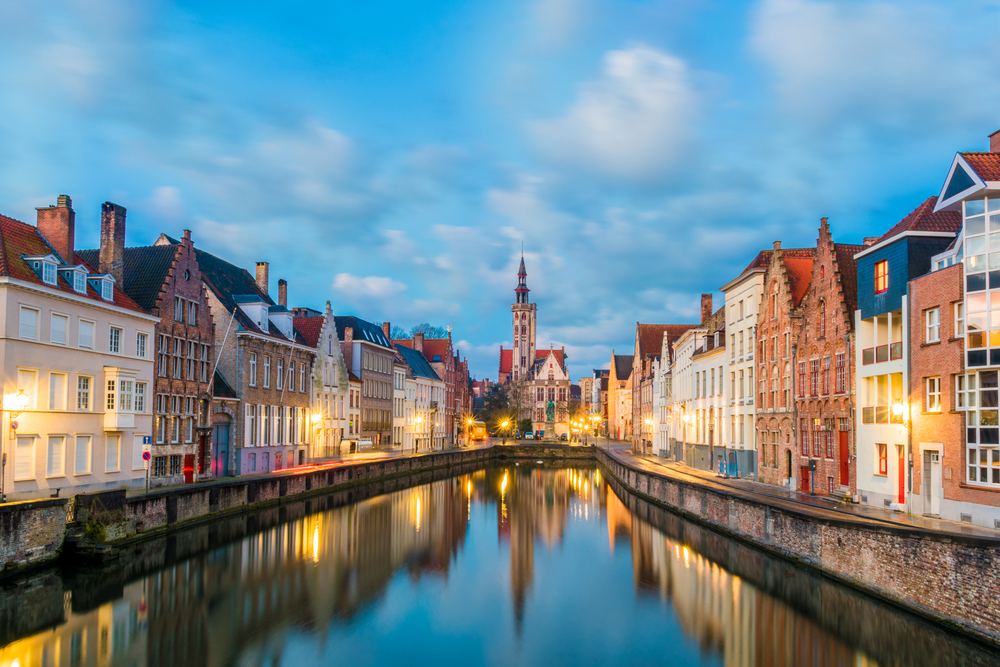
This Dutch and Belgian waterway cruise traverses a complex network of rivers and canals through one of Europe’s most densely populated regions, showcasing remarkable human engineering alongside historic architecture. The journey typically includes Rotterdam’s innovative modern architecture, Antwerp’s diamond district and Ruben heritage, and Ghent’s perfectly preserved medieval center.
Flower enthusiasts time spring cruises for Keukenhof Gardens’ spectacular tulip displays, while autumn journeys focus on Belgian chocolate making and brewery visits. The smaller vessels required for these narrow waterways create intimate experiences with just 100-150 passengers, allowing access to city centers impossible for larger ships. The region’s flat terrain makes guided bicycle excursions particularly popular, with dedicated paths often running alongside the waterways.
Rhône and Saône

This journey through Provence and Burgundy connects France’s gastronomic capital, Lyon, with the Mediterranean landscapes of Arles and Avignon, following ancient Roman trade routes. The northern Burgundy section traverses premier wine territories, including Beaujolais and Mâcon, with vineyard excursions revealing the meticulous classification systems governing French wine production. The southern Provençal portion delivers the France of popular imagination—lavender fields, olive groves, and honey-colored stone villages perched on hillsides.
Architectural highlights include Avignon’s massive Papal Palace from the 14th century when seven successive popes ruled from this fortified complex instead of Rome. The region’s extraordinary light quality, which attracted painters like Van Gogh and Cézanne, becomes immediately apparent as the landscape transitions from northern Europe’s muted tones to Mediterranean brilliance.
Volga River

Europe’s longest river flows through Russia’s heartland, connecting Moscow and St. Petersburg via an extensive system of canals, lakes, and locks constructed over centuries. The journey crosses Europe’s two largest lakes—Ladoga and Onega—while visiting remote island communities where traditional wooden architecture and Orthodox religious practices survived the Soviet era.
Small Golden Ring cities like Yaroslavl and Uglich preserve Russia’s medieval heritage with distinctive onion-domed churches and kremlins (fortresses) far from tourist crowds. Village visits feature encounters with babushkas selling homemade pickles and kvass (fermented bread drink) alongside embroidered linens and painted wooden crafts. The engineering marvel of the Moscow Canal includes a remarkable 17-lock staircase allowing ships to navigate significant elevation changes between watersheds.
Like Travel Pug’s content? Follow us on MSN.
Upper Danube
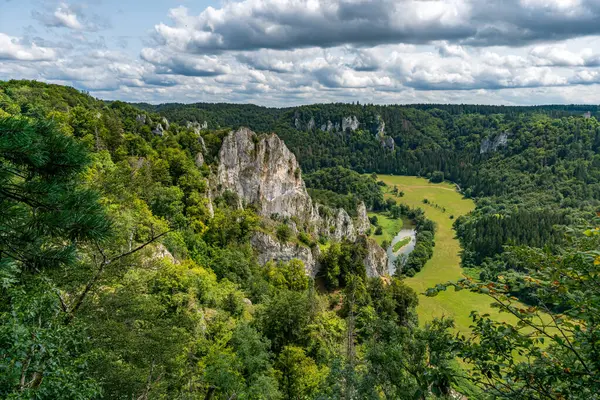
The journey between Passau, Germany, and Budapest, Hungary, packs extraordinary cultural diversity into a relatively short distance, with four capital cities and numerous architectural masterpieces. Vienna’s imperial grandeur contrasts with Budapest’s dramatic riverside Parliament building, while smaller Bratislava offers charming cobblestone streets beneath its massive castle.
The journey’s architectural highlights include numerous structures by Austrian artist Friedensreich Hundertwasser, whose colorful, organic designs rejected straight lines and standardization. The dramatic Danube Bend north of Budapest provides the journey’s scenic highlight as the river makes a sharp 90-degree turn between mountains, creating what many consider Hungary’s most beautiful landscape. Christmas market cruises are particularly popular on this route, with Vienna’s Schönbrunn Palace market ranking among Europe’s most atmospheric holiday experiences.
Moselle River
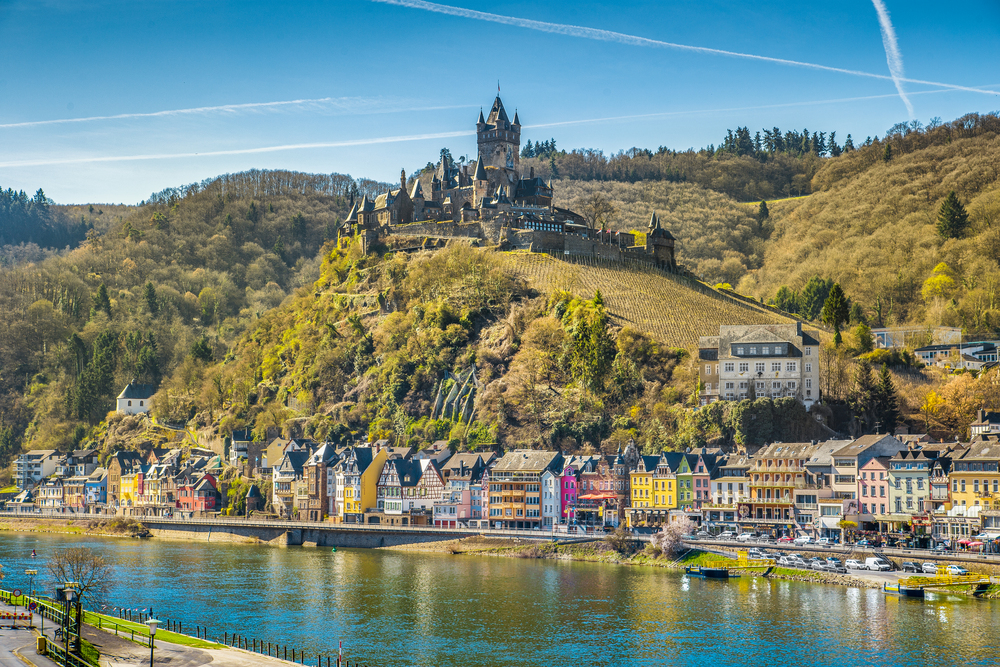
This Rhineland journey follows sweeping loops through Germany’s steepest vineyard region, where Riesling grapes grow on slopes so precipitous that some can only be tended by workers on ropes. Medieval towns like Cochem and Bernkastel appear lifted directly from fairy tales with half-timbered buildings and castle ruins overlooking narrow valleys.
The river’s extreme meandering creates microclimates that produce remarkably different wine characteristics within short distances, allowing vineyards to craft distinctive wines despite using identical grape varieties. The region’s winemaking history stretches back to Roman times, with some vineyards continuously producing wine for over 2,000 years. Guided hikes through the vineyards reward participants with panoramic views and tastings at family estates, where traditions are passed down through generations of winemakers.
Lower Danube

The journey between Budapest and the Black Sea traverses Eastern Europe’s most dramatic landscapes while exploring regions only recently opened to Western tourism. The Hungarian puszta (great plain) gives way to Serbia’s bustling Belgrade before ships enter the Iron Gates gorge separating Romania from Serbia.
Romania’s rural Danube Delta region harbors Europe’s largest wetland ecosystem and the greatest concentration of bird species. The journey’s cultural highlights include performances by Bulgarian folk dancers, Romanian gypsy musicians, and Croatian tamburica orchestras showcasing Eastern Europe’s distinctive musical traditions. Shore excursions often feature home visits with local families who prepare traditional meals while sharing stories of life before and after Communist rule, providing genuine connections impossible to experience on conventional tours.
Like Travel Pug’s content? Follow us on MSN.
Main River and Main-Danube Canal
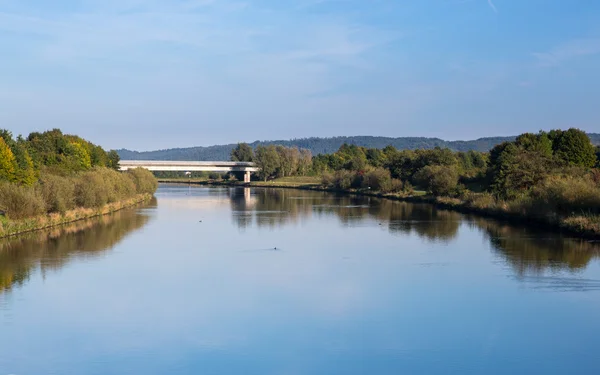
This engineering marvel connects Europe’s two great river systems—the Rhine and Danube—via a summit elevation of 1,332 feet above sea level, making the ultimate continent-spanning voyage possible. The 106-mile canal section includes 16 locks handling elevation changes up to 80 feet each, while the historic Main River portion winds through Bavaria’s cultural heartland.
Medieval walled towns like Rothenburg ob der Tauber and Bamberg showcase immaculately preserved architecture, with Bamberg’s remarkable old town earning UNESCO recognition for its authentic early-medieval urban planning. The region’s distinctive cuisine features specialties like Nuremberg’s finger-sized bratwurst, Franconian wine served in distinctive flat, round bottles, and fresh river pike-perch prepared according to centuries-old recipes. The continental watershed at the canal’s highest point marks where raindrops falling inches apart flow either to the North Sea or the Black Sea.
Elbe River
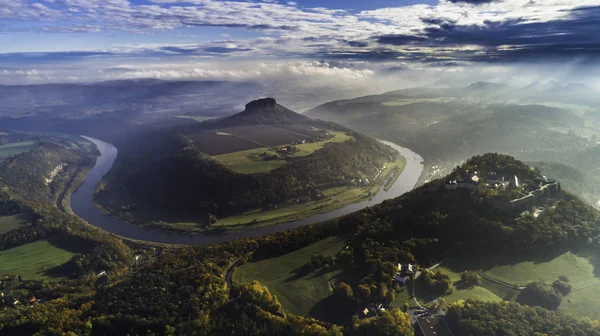
This journey between Berlin and Prague follows one of Europe’s least developed major rivers, where limited navigability due to unpredictable water levels has preserved landscapes and villages unchanged for generations. The Dresden section showcases the meticulously reconstructed baroque splendor that earned it the nickname “Florence on the Elbe” before the Allied bombing in 1945 destroyed the historic center.
The unusual sandstone formations of Saxon Switzerland create dramatic riverside scenery as the river forms the border between Germany and the Czech Republic. Martin Luther’s historical impact becomes apparent in Wittenberg, where his Ninety-Five Theses sparked the Protestant Reformation, while Meissen showcases Europe’s first porcelain production outside Asia. Water level fluctuations require specially designed shallow-draft vessels with reduced passenger capacity, creating more intimate experiences than other European river cruises.
Po River and Venetian Lagoon
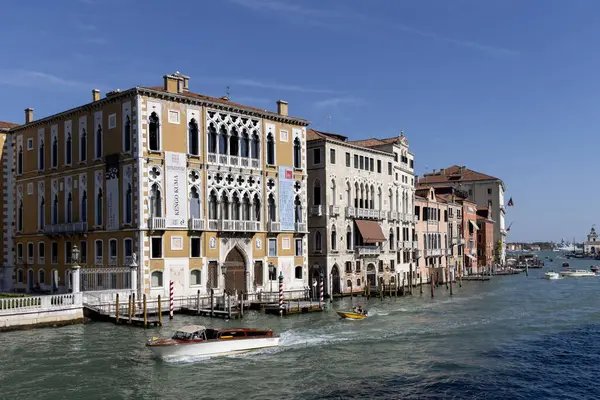
This northern Italian journey combines Venice’s extraordinary maritime cityscape with rural Po Valley landscapes that have fed Italy for millennia. The cultural contrasts prove dramatic—Venice’s ornate Byzantine and Gothic palazzos give way to simple riverside farming communities where Italy’s famed rice varieties grow in flooded fields.
Small regional cities like Ferrara and Mantua preserve authentic Renaissance environments without Venice’s tourist crowds, featuring architectural masterpieces by families like the Este and Gonzaga, who competed with the Medicis for cultural prominence. The journey often includes Verona, with its remarkably preserved Roman arena and literary connections to Shakespeare’s Romeo and Juliet. Culinary experiences highlight distinctive regional specialties, including aged balsamic vinegar from Modena, Parma’s prosciutto, and risotto prepared with vialone nano rice grown in fields visible from the ship.
Like Travel Pug’s content? Follow us on MSN.
Canal du Midi

This 17th-century engineering marvel cuts across southern France from Toulouse to the Mediterranean, representing one of history’s greatest pre-industrial construction projects. Designated as a UNESCO World Heritage Site, the canal required 12,000 workers over 14 years to build 328 structures, including locks, aqueducts, bridges, and tunnels.
The tree-lined waterway passes through the Languedoc wine region, with excursions to medieval walled cities like Carcassonne featuring Europe’s most complete medieval fortifications. The unique oval-shaped locks designed by canal creator Pierre-Paul Riquet remain operational after 350 years, though the original plane trees lining the banks are gradually being replaced due to disease. The canal’s tranquil pace through rural landscapes offers France’s most relaxed cruising experience, with many passengers choosing to bicycle alongside the former towpaths once used by horses pulling barges.
Waterways That Connect Civilizations

These fifteen European river journeys showcase how waterways have shaped the continent’s development, connecting diverse cultures through trade and travel for millennia before modern transportation. River cruising offers a distinctly unhurried perspective on European landscapes and cities built when waterways served as the primary transportation arteries. The intimate scale of river vessels creates opportunities for immersive cultural experiences impossible on larger ocean ships, while the convenience of unpacking just once while visiting multiple destinations appeals to travelers seeking depth over breadth.
As interest in sustainable, meaningful travel continues growing, these historic waterways provide perfect pathways for modern explorers tracing the routes that connected European civilization long before highways and railways appeared.
More from Travel Pug

- Cities Growing so Fast You Won’t Recognize Them in 10 Years
- 13 Destinations Where Tourists Regularly Regret Their Trip
- 16 U.S. Cities That Are Quietly Becoming Travel Hotspots
- Where to Travel If You Love Long Bus Rides and Daydreams
- 20 Cities Perfect for Solo Travelers Who Crave Adventure & Culture
Like Travel Pug’s content? Follow us on MSN.
